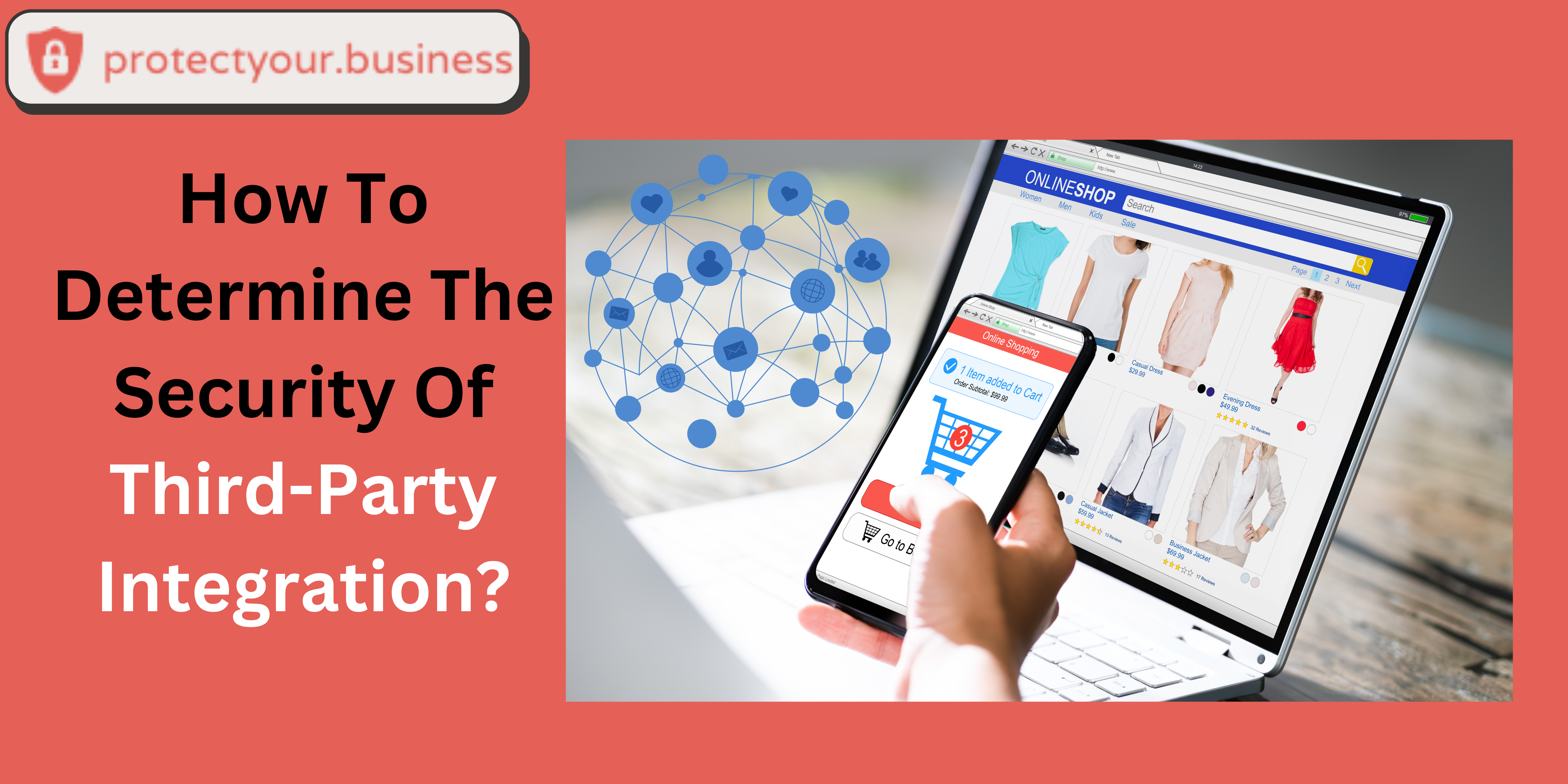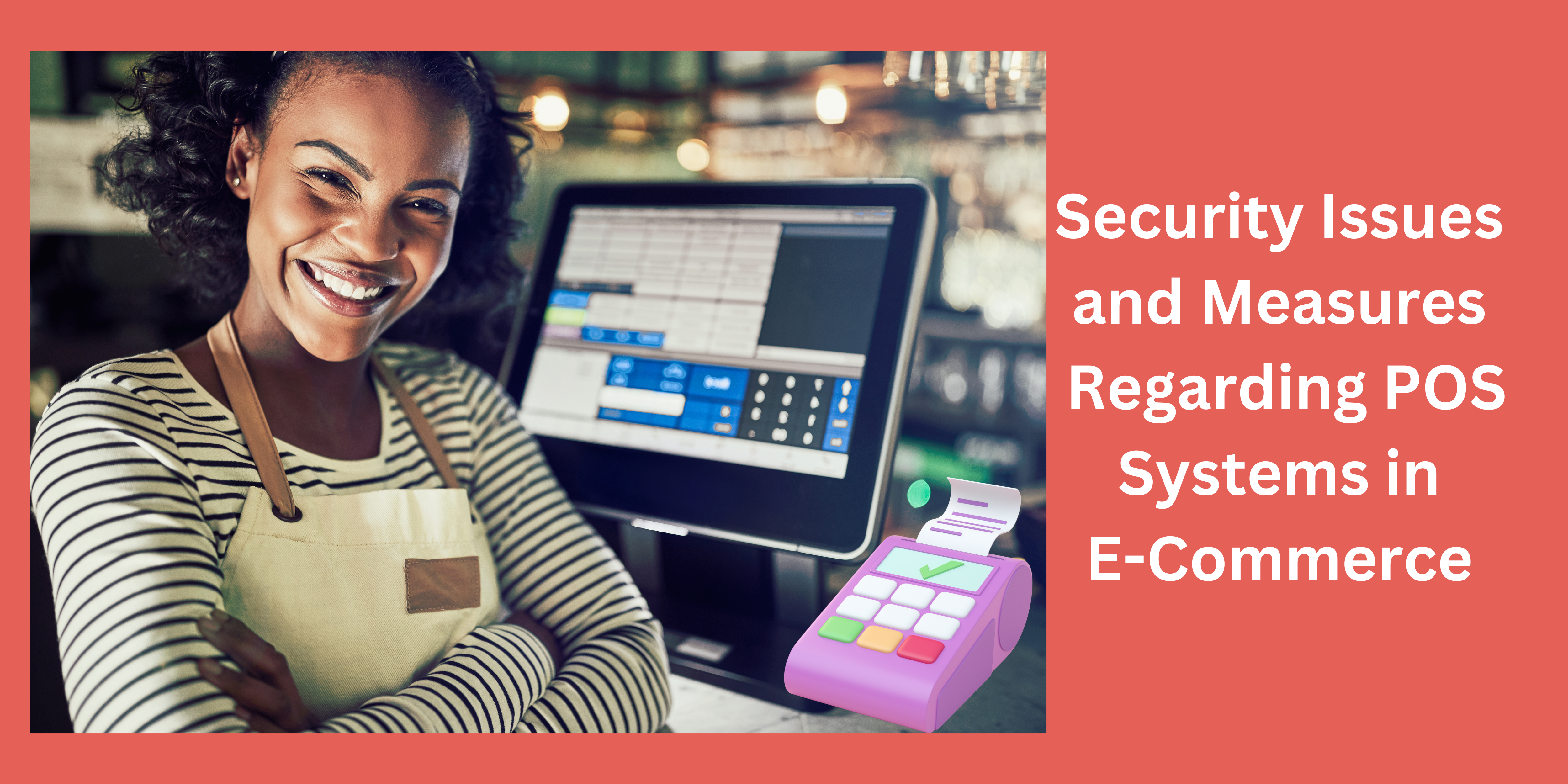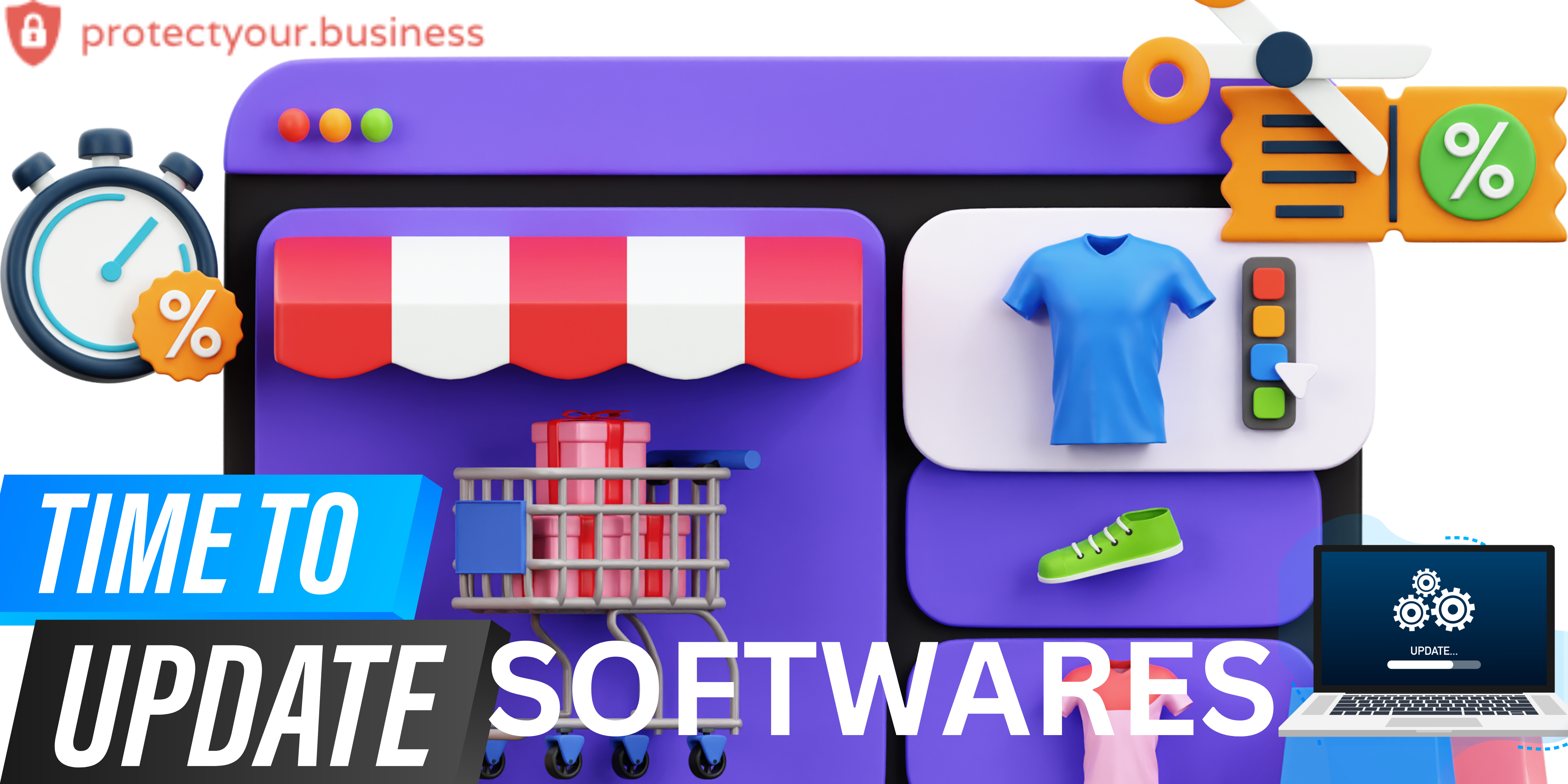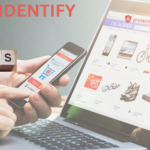Businesses are constantly looking for ways to improve consumer experiences, streamline operations, and strengthen their online presence in the ever-changing world of e-commerce. E-commerce companies can take advantage of third-party integration while protecting their operations and preserving client trust by being aware of and responding to these dangers.
Although there are many advantages to this integration, it’s important for businesses to be aware of any potential concerns. In this post, we’ll explore the complexities of third-party integration in the context of e-commerce along with the hazards that firms must be aware of.
The Dangers of Third-Party Integration to E-commerce Businesses
1. Data Security Concerns
A possible breach of data security is one of the main dangers connected to third-party integration. Integrating third-party solutions increases the chance of exposing the financial and personal information of its customers to unauthorized individuals, which could result in data breaches and legal repercussions. Thus, prior to integration, organizations need to carefully review the security protocols of any third-party service.
2. Reliability and Performance Issues
Third-party integration offers the potential for increased functionality, but it also increases reliance on outside services. The functioning of the e-commerce platform may be directly impacted if a third-party service goes through major modifications, performance problems, or outages. Service interruptions brought on by reliability issues can harm customers’ experiences and possibly result in losses for the company.
3. Compatibility Challenges
Compatibility issues with current systems and technologies could arise from the introduction of third-party integration. System breakdowns, data loss, and extra expenses for modifications or workarounds to guarantee seamless integration are all possible outcomes of incompatibility problems.
4. Regulatory Compliance Risks
There are several rules and compliance requirements that e-commerce companies have to follow, particularly when it comes to managing client data. If a third-party integration does not comply with all applicable regulations, there is a risk of non-compliance when integrating third-party solutions. Businesses may be subject to penalties, fines, and harm to their reputation as a result of this.
5. Lack of Customization and Control
Notwithstanding the useful capabilities they offer, third-party integration frequently has restrictions on management and customization. It’s possible that e-commerce companies will be limited in their capacity to customize the integration to meet certain business requirements by the features provided by outside vendors.

A vital component of preserving the confidentiality and integrity of your online store is assessing the security of third-party integration. The following advice will assist you in determining the security of external tools prior to incorporating them into your system:
How Do You Determine the Security of Third-Party Integration?
1. Conduct a Security Audit: Do a thorough security audit before deciding on a third-party integration. This includes evaluating the tool’s overall security features, source code, and architecture. To undertake a comprehensive inspection, think about working with an outside security company.
2. Review Security Certifications and Compliance: Verify that the external tool conforms with all applicable rules and industry standards. Look for certifications like PCI DSS, SOC 2, or ISO 27001, depending on the tool’s intended use and the type of data it handles.
3. Understand Data Encryption Practices: Make sure the third-party integration uses strong encryption techniques to safeguard data both while it’s in use and while it is being transported. Secure, sensitive data must be maintained through the use of encryption methods like AES and protocols like HTTPS.
4. Evaluate Authentication and Authorization Mechanisms: It is imperative to have robust procedures for authorization and authentication. Make sure that the third-party tool adheres to the least privilege principle, allowing access to only the functions and data that are absolutely necessary, and that it supports multi-factor authentication (MFA).
5. Assess Vulnerability Management Processes: Ask questions concerning the vulnerability management procedures of the third-party integration. Recognize their handling practices for updates, security patches, and new threats. A dedication to keeping a product secure is demonstrated by regular security upgrades.
6. Check Incident Response and Data Breach Policies: Evaluate the incident response and data breach policies of the third-party integration. Recognize their processes for handling security issues, corresponding with impacted parties, and implementing remedial action. Reduced impact from security incidents is largely dependent on having a clear and open response plan.
7. Examine Data Handling Practices: Look at the data handling practices used by the third-party tool across its whole existence. Evaluate the rules of data access controls, data disposal, and data retention. By being aware of these factors, you can make sure that the data of your clients is handled carefully.
8. Evaluate Vendor Reputation and Track Record: Look into the third-party tool vendor’s reputation and performance history. Look for customer reviews, testimonials, and case studies. You can be sure that a vendor who has a good track record of security procedures will put your data’s safety first.
9. Consider External Security Audits and Penetration Testing: Hire outside security professionals to carry out penetration tests or audits of the third-party tool. This has the potential to highlight flaws and vulnerabilities that conventional assessments might miss. Make sure the supplier is amenable to these evaluations.
10. Read and Understand the Service Level Agreement (SLA): Read the third-party tool vendor’s SLA carefully and make sure you understand it. Contract provisions pertaining to data security, liability, and security should be carefully reviewed. Prior to completing the integration, make sure to address any questions or issues with the vendor.
You may prioritize the security of your e-commerce platform and the sensitive data it handles by using these measures and carefully screening third-party tools. It is important to keep in mind that sustaining a secure integration over time requires constant monitoring and contact with the third-party vendor.
- How to Identify Insider Threats? - June 13, 2024
- How to Detect and Remove Malware from Android Devices: Protecting Your Ecommerce Business - June 8, 2024
- Protecting Your E-commerce Business from Malware Threats - June 7, 2024



